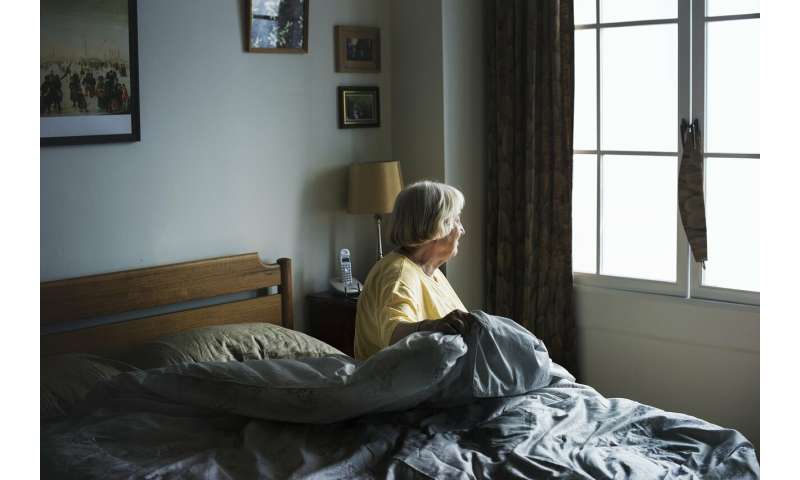Universal testing may help reduce COVID-19 infections, deaths in long-term care facilities

Throughout the COVID-19 pandemic, residents in long-term care facilities—including nursing homes and assisted living centers—have been at particularly high risk of infection by and spread of SARS-CoV-2 (the virus that causes COVID-19), and with a disproportionally tragic outcome. According to estimates in an article in The New York Times, although only 10% of COVID-19 cases in the United States have occurred in long-term care facilities, they are responsible for 42% of deaths from the disease.
However, a team of infectious disease experts at Johns Hopkins Medicine believes the actual number of COVID-19 infections nationally in long-term care facilities may be much higher because health care providers are missing asymptomatic cases. This discrepancy, they warn in a new study published July 14 in JAMA Internal Medicine, may make it more difficult to reduce or prevent the spread of COVID-19 in the very susceptible population living in these centers.
In their study, the researchers performed “universal testing” for SARS-CoV-2 among all 893 men and women living at 11 long-term care facilities in Maryland. Previously, only residents who showed symptoms of COVID-19 had been “target tested” by local health departments.
Among the 893 universally tested, 354 people—nearly 40% —were found to be positive for SARS-CoV-2 RNA, compared with 153 (17%) identified in earlier target testing based on symptoms. The universal screening, therefore, raised the number of COVID-19 cases among the residents in the state’s long-term care facilities from 153 to 507 (57%), a 231% increase. Of those who tested positive, the researchers report that 281 (55%) were asymptomatic.
“These results underscore the importance of universal testing, as symptom-based approaches may miss a substantial number of cases in long-term care facilities,” says Benjamin Bigelow, a fourth-year medical student at the Johns Hopkins University School of Medicine and the study’s lead author. Unrecognized asymptomatic cases among residents can severely hinder preventive strategies and increase the risk of the virus dangerously spreading, he said.
Source: Read Full Article
